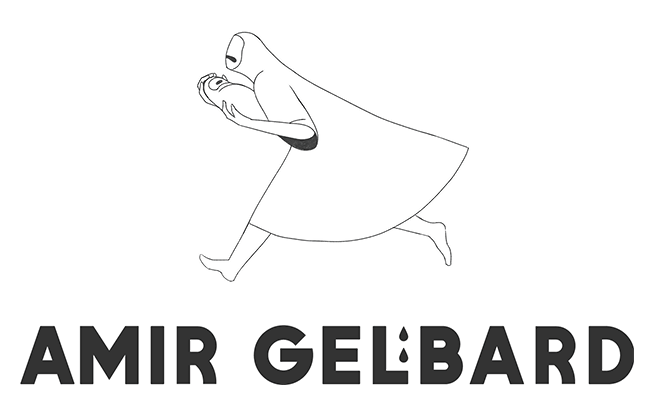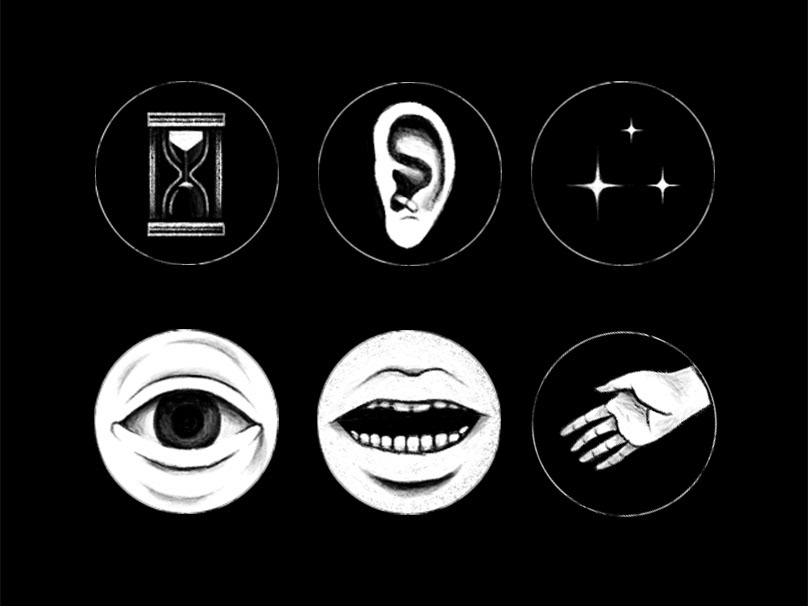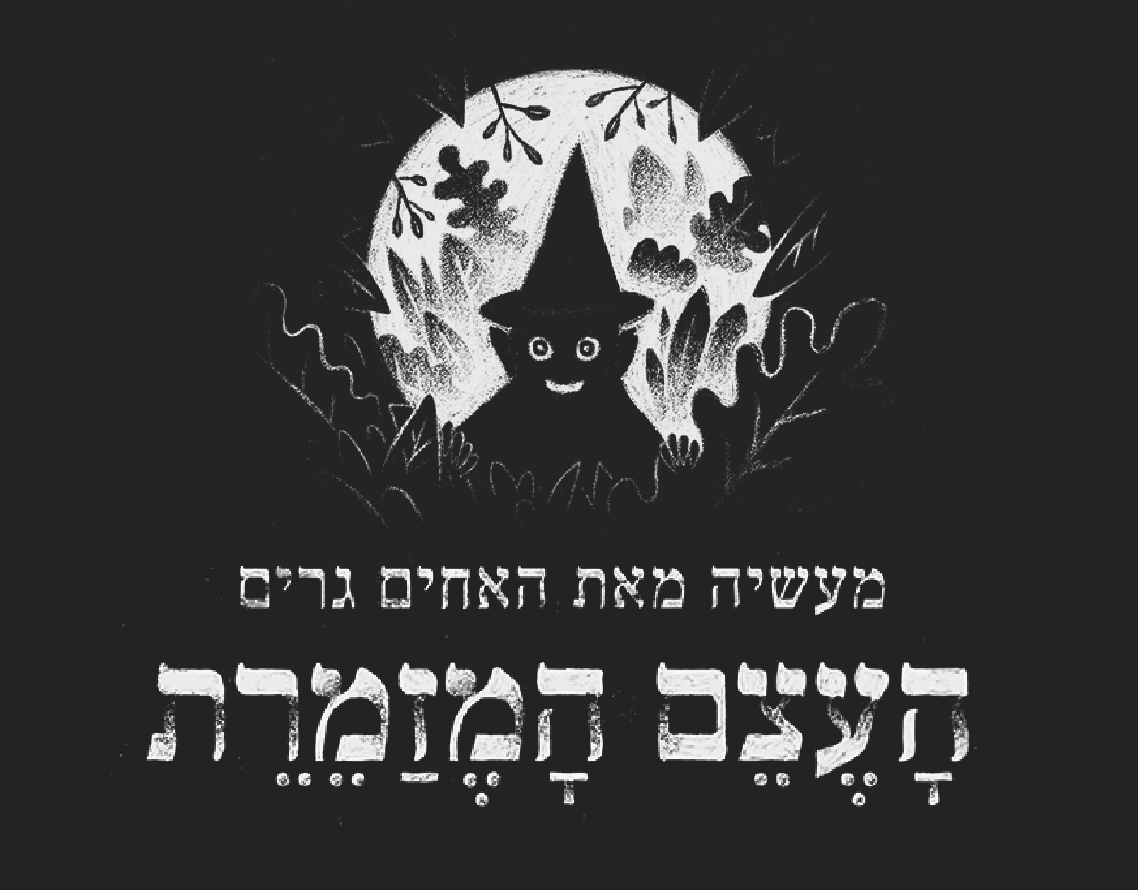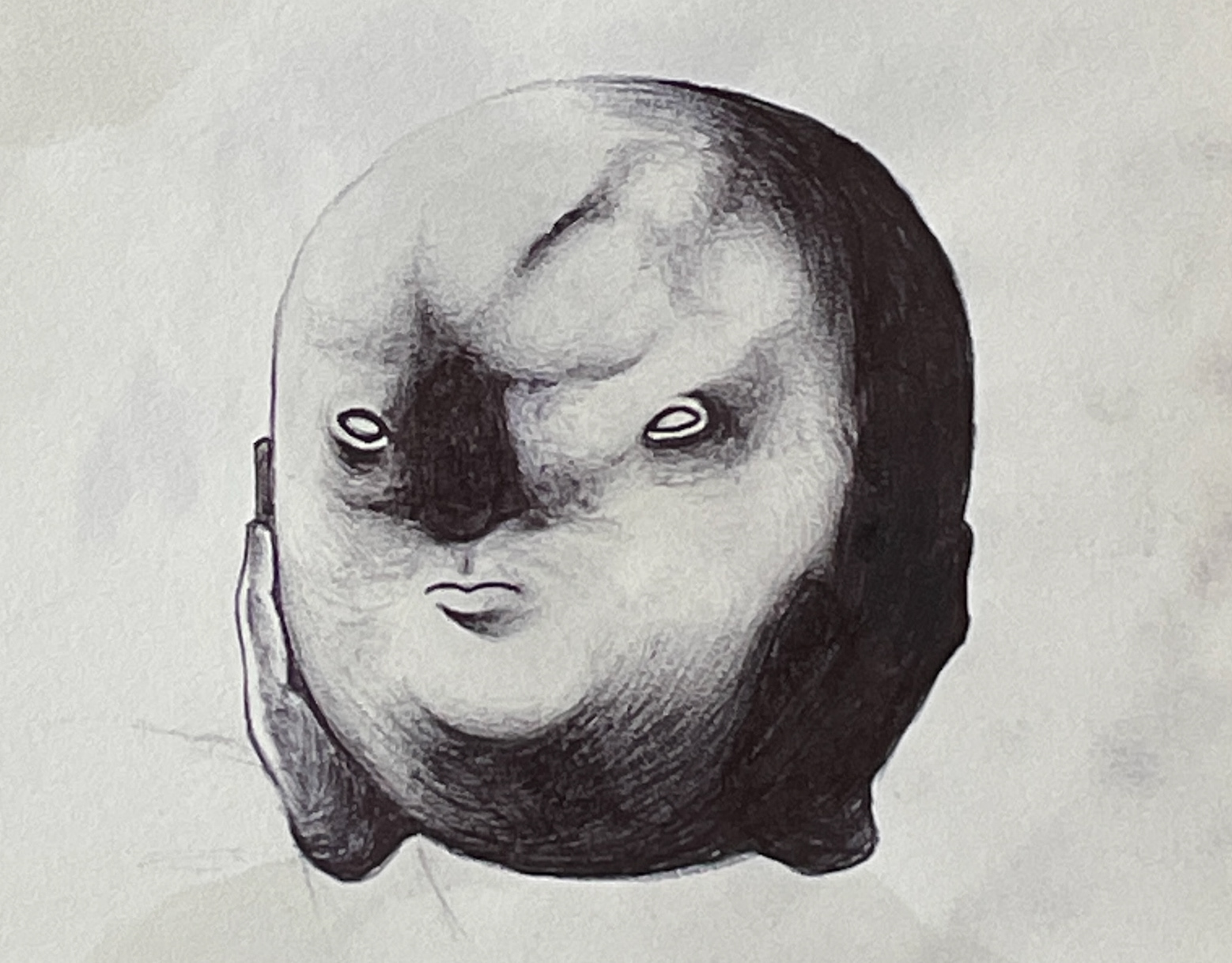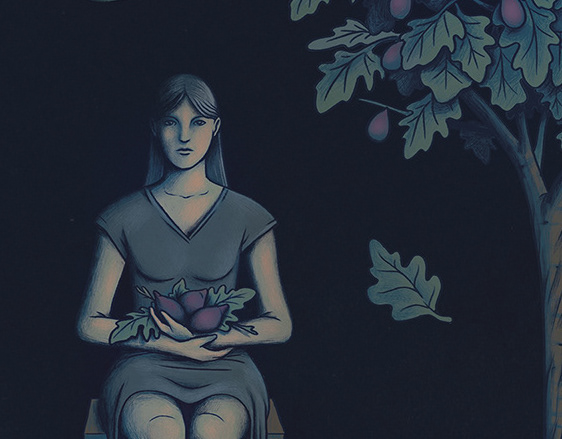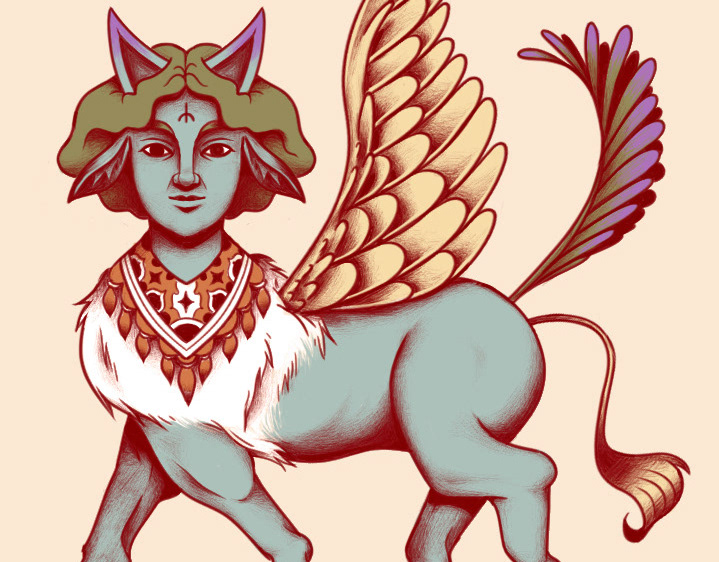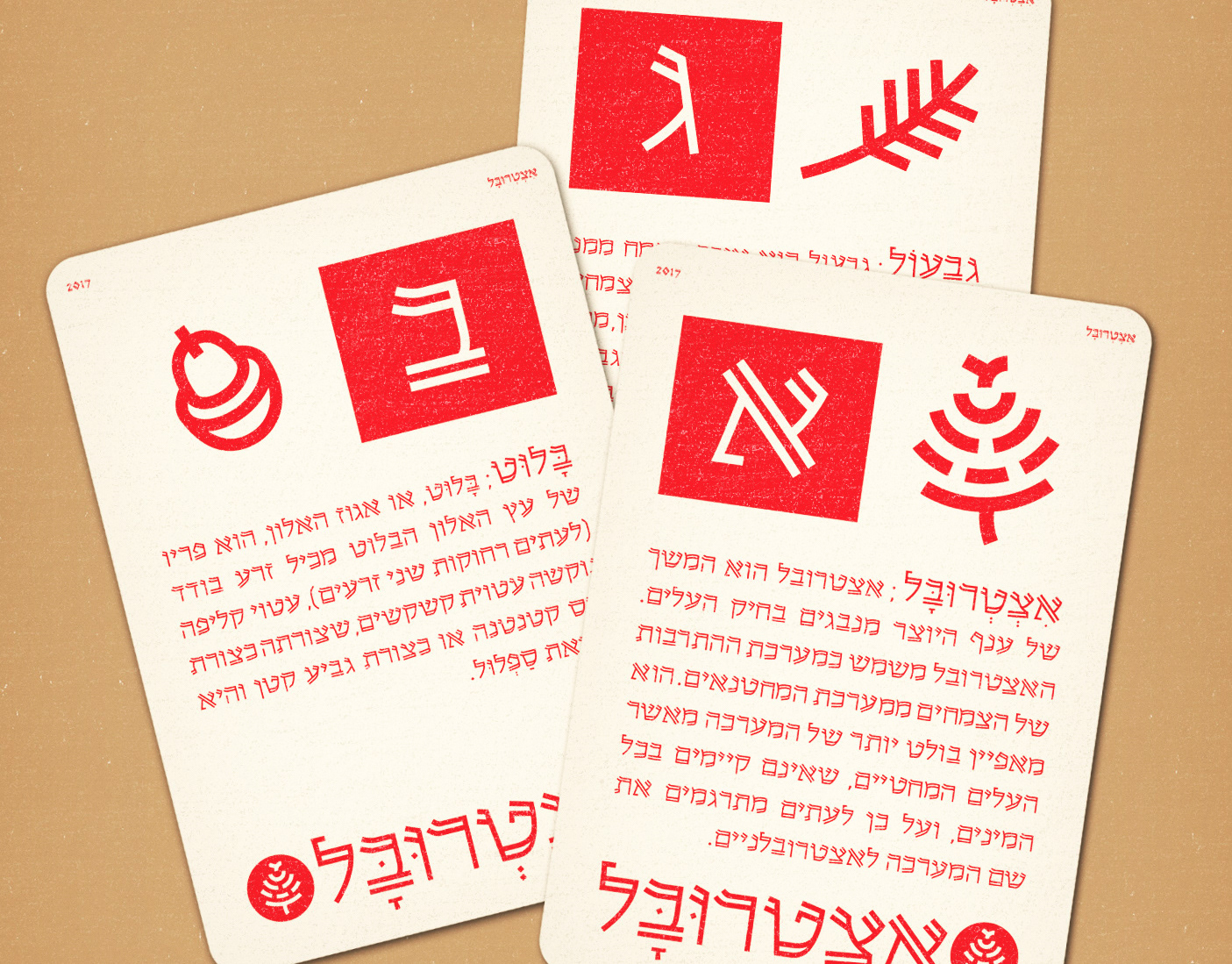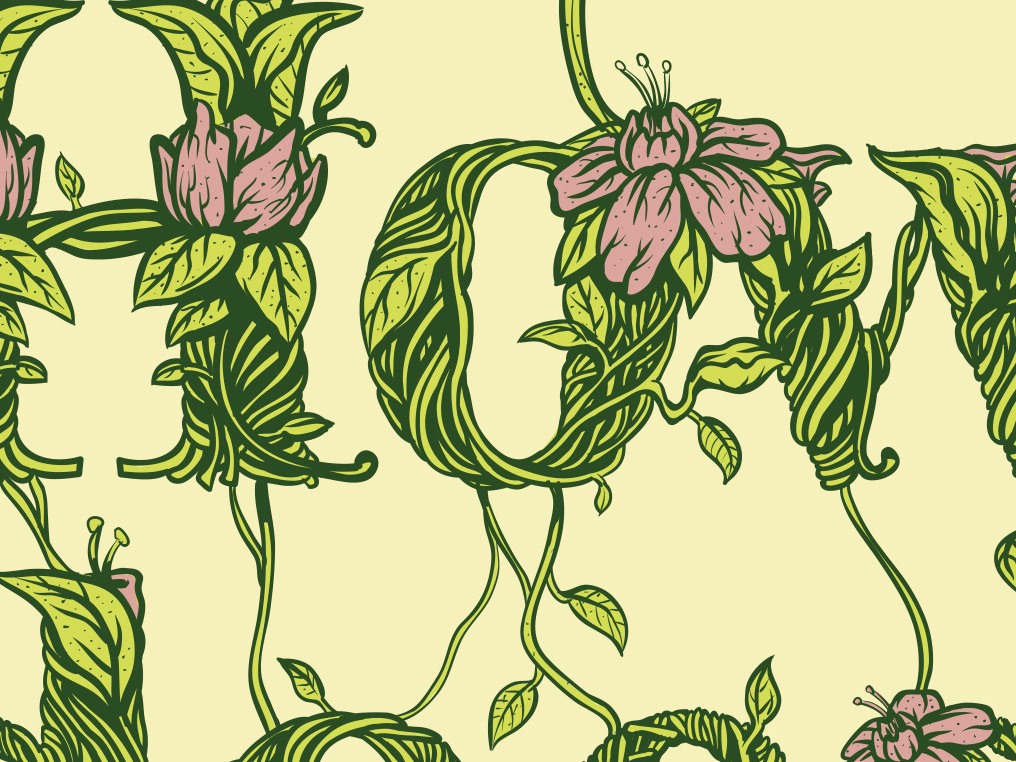BOVIADE / CERVIADE
is an Illustrated Horns & Antlers Collection
Hand drawn by Amir Gelbard.
The Collection consist 24 variations of illustrated horns and antlers.
They were made especially for A Horns & Antlers Observer's Book,
is an Illustrated Horns & Antlers Collection
Hand drawn by Amir Gelbard.
The Collection consist 24 variations of illustrated horns and antlers.
They were made especially for A Horns & Antlers Observer's Book,
Inspired by illustrated observer books from the 19th century.
Edited and designed by Amir Gelbard.
Edited and designed by Amir Gelbard.
• BOVIADE :
"Any hoofed mammal in the family Bovidae (order Artiodactyla), which includes the antelopes, sheep, goats, cattle, buffalo, and bison. What sets the Bovidae apart from other cud-chewing artiodactyls (notably deer, family Cervidae) is the presence of horns consisting of a sheath covering a bony core that grows from the skull’s frontal bones. Unlike the antlers of deer and the American pronghorn, bovid horns do not branch and are never shed. The males of all species and the females of about two-thirds of all species have horns—of every possible shape and size, from the short, straight spikes of duikers and dwarf antelopes to the huge scimitar-shaped horns of wild goats and the sable antelope and to the long corkscrew horns of the blackbuck, kudu, and markhor." (Richard Estes, Encyclopaedia Britannica)
• CERVIADE (Deer) :
"Any of 43 species of hoofed ruminants in the order Artiodactyla, notable for having two large and two small hooves on each foot and also for having antlers in the males of most species and in the females of one species. Deer are native to all continents except Australia and Antarctica, and many species have been widely introduced beyond their original habitats as game animals. One species, the reindeer (also known as the caribou), has been domesticated. Some swamp and island species are endangered, but most continental species are flourishing under protection and good management. Deer, when granted some protection, readily exploit man-made disturbances caused by agriculture, forestry, and urbanization. White-tailed deer, normally a cherished North American game animal, have even become pests in suburbs and cities in the United States and Canada." (Valerius Geist, Encyclopaedia Britannica)
"Any hoofed mammal in the family Bovidae (order Artiodactyla), which includes the antelopes, sheep, goats, cattle, buffalo, and bison. What sets the Bovidae apart from other cud-chewing artiodactyls (notably deer, family Cervidae) is the presence of horns consisting of a sheath covering a bony core that grows from the skull’s frontal bones. Unlike the antlers of deer and the American pronghorn, bovid horns do not branch and are never shed. The males of all species and the females of about two-thirds of all species have horns—of every possible shape and size, from the short, straight spikes of duikers and dwarf antelopes to the huge scimitar-shaped horns of wild goats and the sable antelope and to the long corkscrew horns of the blackbuck, kudu, and markhor." (Richard Estes, Encyclopaedia Britannica)
• CERVIADE (Deer) :
"Any of 43 species of hoofed ruminants in the order Artiodactyla, notable for having two large and two small hooves on each foot and also for having antlers in the males of most species and in the females of one species. Deer are native to all continents except Australia and Antarctica, and many species have been widely introduced beyond their original habitats as game animals. One species, the reindeer (also known as the caribou), has been domesticated. Some swamp and island species are endangered, but most continental species are flourishing under protection and good management. Deer, when granted some protection, readily exploit man-made disturbances caused by agriculture, forestry, and urbanization. White-tailed deer, normally a cherished North American game animal, have even become pests in suburbs and cities in the United States and Canada." (Valerius Geist, Encyclopaedia Britannica)
